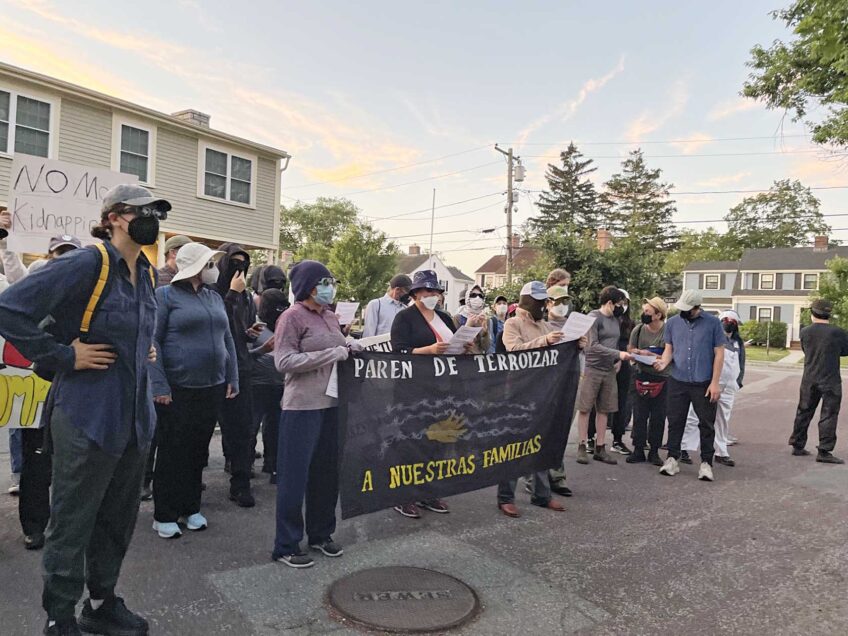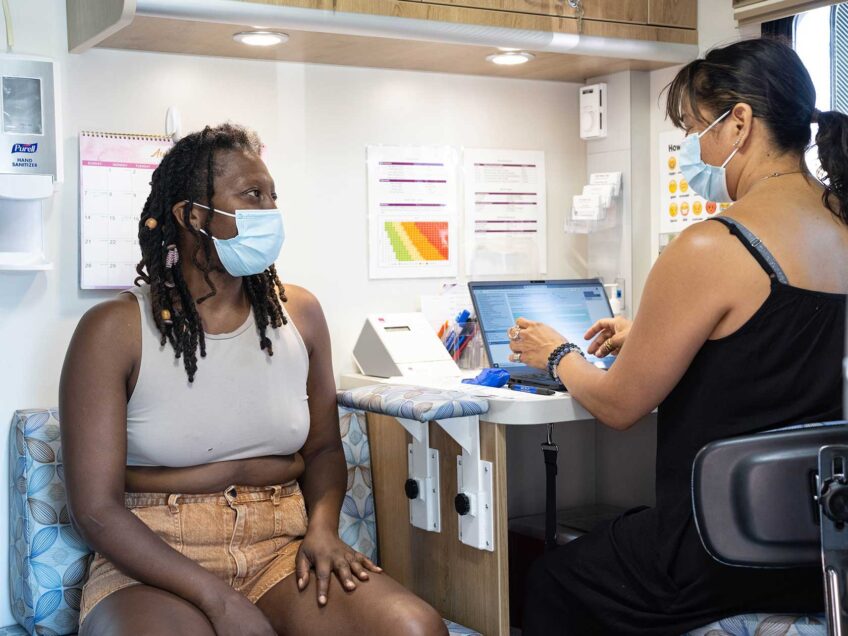The state is giving 35 underperforming schools an educational ultimatum: Start making dramatic improvements or face a state takeover.
About 17,000 students attend the schools, which are mostly in Boston and Springfield. The schools have been evaluated on a set of criteria including math and English scores and the number of students failing to graduate.
The designation means the schools are eligible for federal grants to help them boost test scores and improve graduation rates.
If they’re unable to improve their performance in three years, they could be placed under state receivership.
A dozen of the schools are located in Boston and another 10 in Springfield, with other schools located in Fall River, Holyoke, Lawrence, Lowell, Lynn, New Bedford and Worcester.
They are the first schools designated “underperforming” under a new state law signed by Gov. Deval Patrick in January. The law is designed to close a persistent achievement gap between schools in richer and poorer communities.
The law lifts the cap on charter schools in the lowest -performing districts, but also makes it easier for the state to intervene to turn around struggling schools.
Education Commissioner Mitchell Chester said the state didn’t just look at low test scores and poor graduation rates, but also at the history of each school’s educational performance.
“Is there any evidence that the schools are on an upward trajectory? Maybe they don’t look good now, but maybe they’ve improved over time?” Chester said.
Those schools that showed little improvement were more likely to be labeled underperforming, he said.
Chester said the designation is both a warning and an opportunity. In February, the federal Department of Education released criteria for grants to help states turn around their lowest-performing schools. Massachusetts is set to receive $76 million over the next three years.
A district applying for a federal grant must choose from among different turnaround strategies. They include replacing the principal and developing new instructional models like adding more teaching time to closing the school and enrolling the students in higher-performing schools, including charter schools.
One strategy Chester rejected was the recent decision by a Rhode Island district superintendent who fired all the teachers from one of that state’s most troubled schools.
“I do not think that mass firings of teachers is the solution here,” he said. “We need to harness that intellectual energy.”
An aide to Boston Mayor Thomas Menino said the city is already taking action to improve the Boston schools on the underperforming list.
“The superintendent has been working on this issue since she came to Boston. She has a very detailed turnaround plan,” said Menino spokeswoman Dot Joyce. “Recent legislation on education reform will give us the tools we need to put that plan into action.”
Pres. Obama addressed the need to improve chronically- underperforming schools during an address earlier this week, saying, “If a school continues to fail its students year after year after year, if it doesn’t show any sign of improvement, then there’s got to be a sense of accountability.”
Chester said the school districts have to take the lead in developing plans to improve the schools. While most of the underperforming schools are in urban or poorer communities, Chester said that’s no excuse for not providing students the best education possible.
“There are many schools that serve low-income populations that are getting much stronger results,” Chester said.
Stand for Children, a public education advocacy group, called the decision to identify a first batch of underperforming schools critical to helping close the achievement gap.
“Turning around our state’s Level 4 underperforming schools will change the futures of the 17,000 students trapped in their classrooms,” the group said in a statement.
Mitchell said more underperforming schools would be identified on an annual basis.
Associated Press






